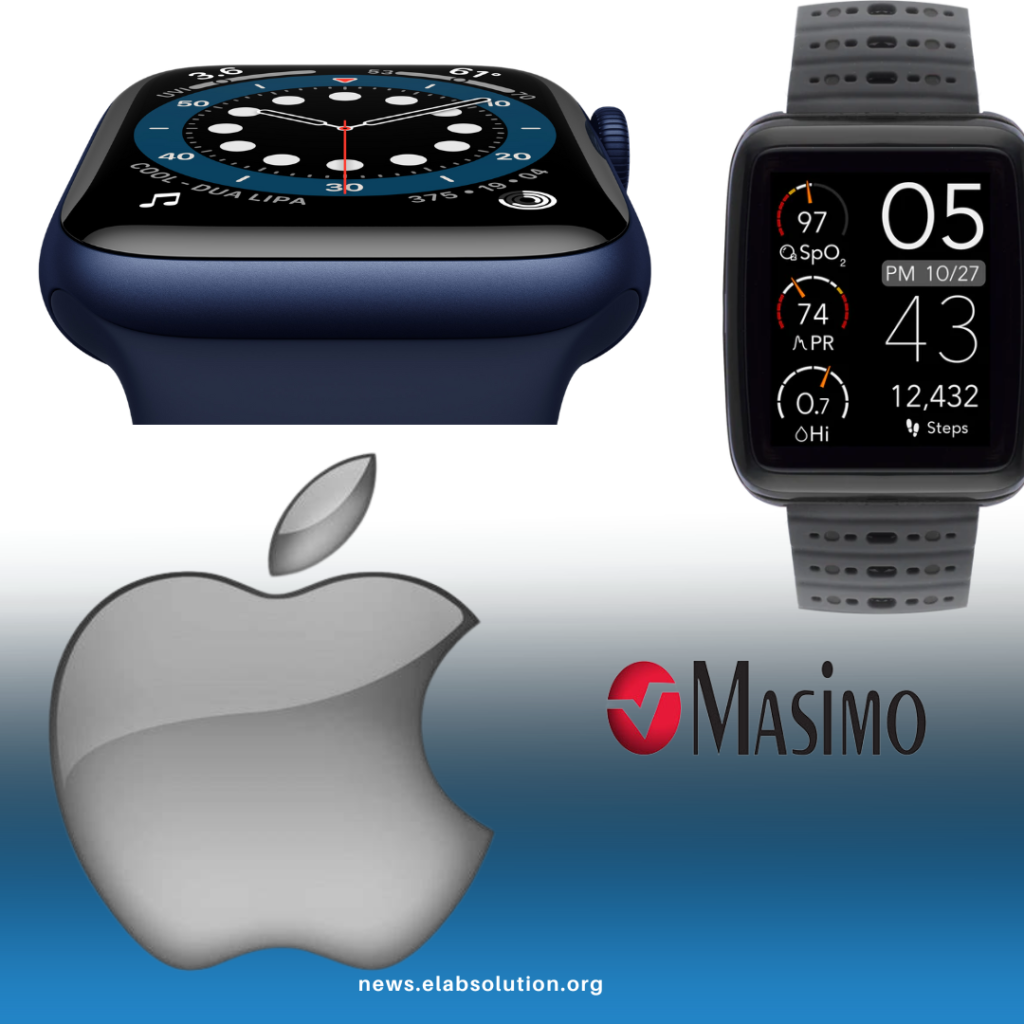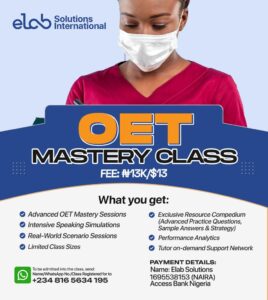The ongoing legal battle between Apple and Masimo over the blood oxygen sensor in Apple Watches is not just a contemporary legal tussle; it echoes a familiar rhythm in the tech industry’s history of controversies and patent disputes. This scenario, where a tech giant like Apple is accused of appropriating innovations, is reminiscent of several past incidents, shedding light on a pattern of how big tech companies navigate the blurry lines between adaptation and alleged infringement.
Innovation in technology often walks a fine line between inspiration and infringement. The Apple vs. Masimo case is a testament to this delicate balance in the tech world, where groundbreaking ideas can often lead to contentious legal battles
A classic example is Apple’s visit to Xerox PARC in the late 1970s. Apple’s subsequent products, like the Lisa and the original Macintosh, incorporated graphical user interface elements seen at PARC. This incident, often cited in tech lore, highlights how groundbreaking ideas from one organization can become mainstream through another’s execution.

Another historical parallel can be drawn from Microsoft’s integration of Internet Explorer with Windows in the 1990s. This move, which led to antitrust lawsuits, is similar to today’s concerns about big tech using their platforms to outmaneuver competitors. Also, Google’s entry into the mobile OS market with Android involved adopting features popularized by Apple’s iOS, again showing how tech giants often “borrow” ideas to stay competitive.
The echoes of past tech disputes, like Apple’s adaptation of Xerox’s GUI or Microsoft’s Internet Explorer saga, remind us that the road to technological advancement is often paved with legal and ethical dilemmas. These historical instances provide a lens through which we can view the ongoing Apple vs. Masimo case
The potential presidential veto in the Apple-Masimo case is another critical aspect. Historical precedents like Obama’s intervention in the Apple-Samsung dispute are rare but significant. They reflect the government’s nuanced role in moderating corporate tech battles, especially when they might impact broader market dynamics and innovation pathways.



As we ponder over Apple’s latest legal challenge, it’s crucial to view it as part of a larger narrative. The tech industry, with its rapid pace and high stakes, often witnesses such intricate instances of innovation, where ideas are shared, adapted, and sometimes, contentiously appropriated. The outcome of Apple vs. Masimo will not just be a legal verdict but a statement on how the tech ecosystem balances between fostering innovation and protecting intellectual property rights.
This case, therefore, is more than a dispute; it’s a mirror reflecting the ongoing evolution of ethical innovation in the high-paced world of technology.







